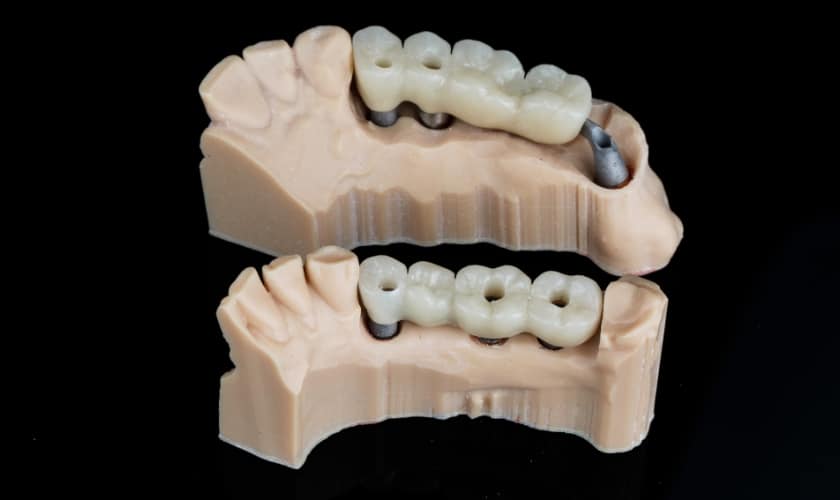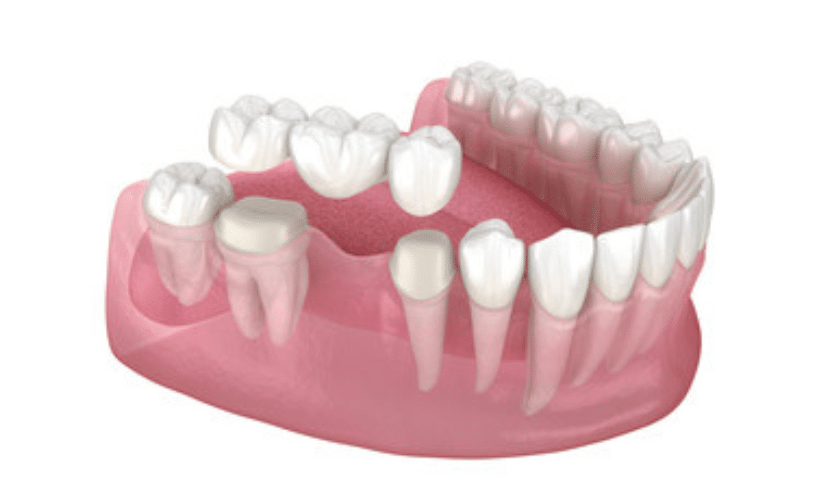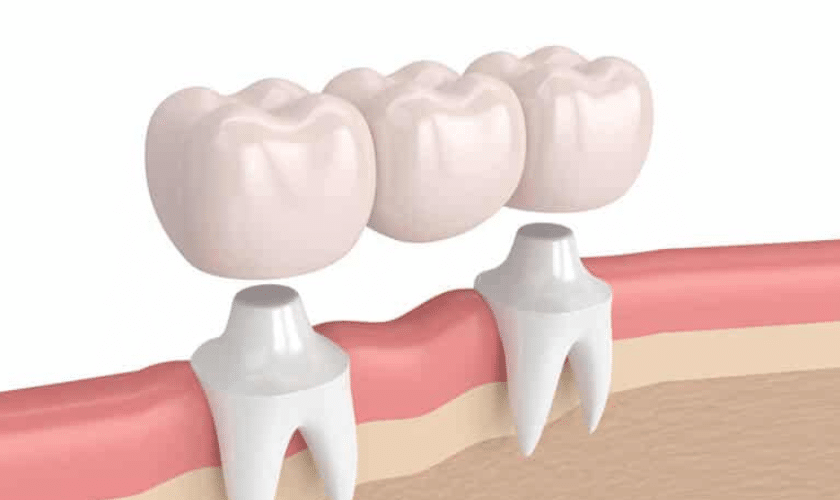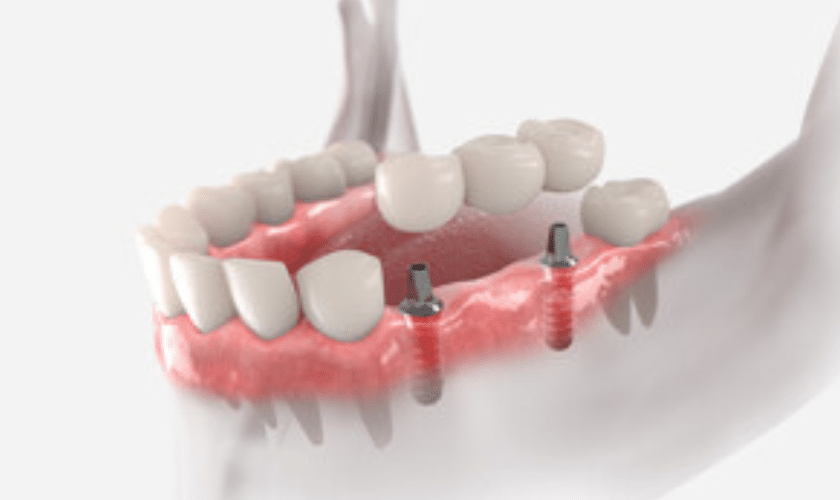
By Gentle Touch Dentistry Richardson
Taking the first step towards a brighter, healthier smile is to embark on the transforming path of dental bridge implantation. However, the immediate aftermath necessitates a careful gastronomic approach. This tutorial will teach you how to navigate a soft diet post-surgery, which is a critical component for a smooth recovery. Aside from the short adjustment, our soft diet solutions guarantee not just healing but also a pleasurable gastronomic trip. Let’s explore the realm of gentle nourishment to ensure that your post-dental bridge experience is as relaxing and enlightening as your regenerated smile promises to be.
What Is Dental Bridge:
A dental bridge is a stainless steel structure that links natural teeth and is often connected to two teeth, a dental implant, or a crown. Ceramic, porcelain or a mix of the two can be used to make detachable teeth. Bridges require two to three visits to ensure proper fit. The bridge is supported by anchor or abutment teeth, which form an artificial tooth known as a pontic. Dental bridges are classified into three types: standard fixed bridges, cantilever bridges, and Maryland bonded bridges. Cantilever bridges have one crown on neighboring teeth, while traditional fixed bridges have two crowns on adjacent teeth. Maryland bonded bridges are resin-bonded bridges composed of porcelain fused to metal teeth and framework.
Embrace Nutrient-Rich Soft Foods:
For a full recovery after dental bridge surgery, eat nutrient-dense meals like yogurt, mashed potatoes, pureed vegetables, and soft fruits like bananas and avocados. A “no-chew” diet of soft meals and plenty of liquids is advised. It is critical to include protein- and nutrient-rich foods, such as soft fruits and vegetables, in your diet for maximum recovery. Soft fruits with no seeds and soft steamed or boiled veggies are preferred.
Protein-Packed Options:
Tissues require protein for regeneration and healing, and soft protein sources like scrambled eggs, Greek yogurt, and shredded chicken can provide the essential building blocks. Maintain a protein-rich diet to aid with healing. Scrambled eggs include vitamins, minerals, and protein, while applesauce contains vitamin C. Vitamin A is abundant in mashed sweet potatoes.
Smoothies And Soups:
Take advantage of the therapeutic properties of readily customizable smoothies and soups. Blending fruits, vegetables, and protein sources not only provides softer textures but also assures a consistent intake of key elements. These concoctions are not only delicious, but they also play an important function in hydration levels, supporting speedier recovery. Experiment with different components to produce a tasty selection of alternatives that will meet your nutritional demands during the sensitive post-dental bridge implantation time.
Say No To Crunchy And Hard Foods:
It’s critical to avoid hard and crunchy foods like nuts and popcorn during the early stages of dental bridge recovery since they can put pressure on the freshly implanted bridge and slow healing. Sticky foods such as caramel, gum, and chewy sweets can harm dental bridges, especially if they are new and not entirely connected with neighboring teeth. These meals can leave toxic bacteria behind and may even tear the bridge apart. Hard foods, such as nuts, chips, and popcorn kernels, can harm the structure of a dental bridge, causing decay and other oral health problems.
Reduce Your Intake Of Acidic And Spicy Foods:
To avoid pain, use softer options throughout your rehabilitation. Acidic and spicy meals can irritate delicate tissues and impede recovery. Avoid citrus fruits, tomatoes, and spicy foods. Choosing milder choices encourages not only a more comfortable recovery but also lowers the danger of inflammation. You can promote optimum healing following dental bridge implantation by limiting your exposure to acidic and spicy foods.
Finally, implementing a soft diet after dental bridge implantation is more than simply a dietary change—it’s a commitment to your oral health journey. By choosing nutrient-rich, soft solutions and avoiding potential problems, you may achieve a bright smile and a smooth recovery. This time requires patience, but the benefits are transformational. You’re not only fueling your body when you indulge in the softer side of nutrition; you’re also laying the groundwork for a healthier, more confident self.






